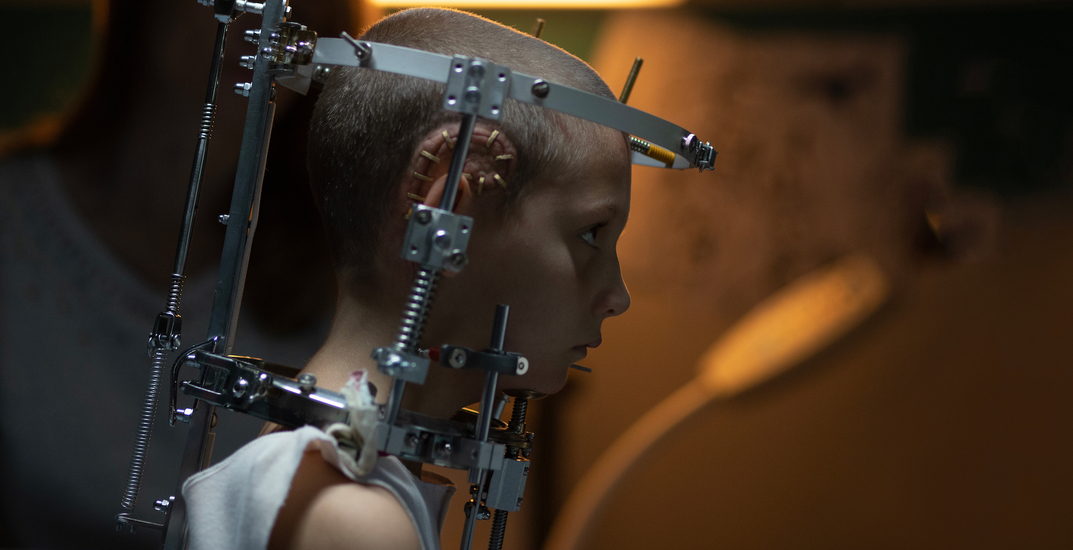
As gays and lesbians have been culturally deemed “arrested” in their development, the revolting child functions as a potent metaphor for queerness, and the films provide a mise-en-scène of desire for queer spectators, as in the “masked child” who performs childhood innocence. This work argues that the pleasure of these films vacillates between Othering the child to legitimate fantasies of child abuse and engaging an imagined rebellion against a heteronormative social order. These figures, as seen in films such as The Bad Seed, Village of the Damned, and The Exorcist, “revolt” in two ways: they create feelings of unease due to their categorical perversion, and they also rebel against the family, the community, and the very notion of futurity. “Malice in Wonderland: The Perverse Pleasure of the Revolting Child,” explores the place of “revolting child,” or the child-as-monster, in horror cinema using textual analysis, discourse analysis, and historical reception study. The question of what constitutes the sinthomosexual-and its attendant binaries-thus begin to destabilize, becoming their own form of indeterminate abyss. What the ultimately narrative attempts, though, is an exploration toward the social and the consequences of that journey. Therefore, The Woman also demonstrates a turn toward Lee Edelman’s concept of the sinthomosexual, who refuses the future because of its sexuality. Further, the stripped eroticism of the movie’s “sex” scenes disrupts the normally charged arena of male/female intimacy, revealing a consumption tied to queer disavowal, tied to the film’s horrific (and visual) core. Both intersect through The Woman, who I argue stands for an exemplary, and monstrous, instance of Bond Stockton’s queer child.

Exploring both excavated affect and an off-centre viewpoint, the film surveys outsiderness and the persistent threat of abyss.
#Julia ducournau body movie
The narrative positions the film’s protagonist, a woman stalking lonely men, into an aslant perspective that Glazer’s movie shares. The restrained visuality throughout the movie sets it apart from the normative fantasy of Hollywood science fiction and the explicit violence of horror, establishing an ironically queer aesthetic through the deployment of what I call an “anti camp” opposing Sontag’s definition of an emphatic and depolitical visual realm.

My paper claims that the genre-shifting film plays on notions of conventional artistry to subvert audience expectations, establishing a queer identity that resides in the monstrous.
#Julia ducournau body skin
From its opening moments of monochromatic imagery juxtaposed with sparse photography, Jonathan Glazer’s Under the Skin (2013) places the viewer into negative space.


 0 kommentar(er)
0 kommentar(er)
